- MicroscopeStop.com
- Home
- Uncategorized
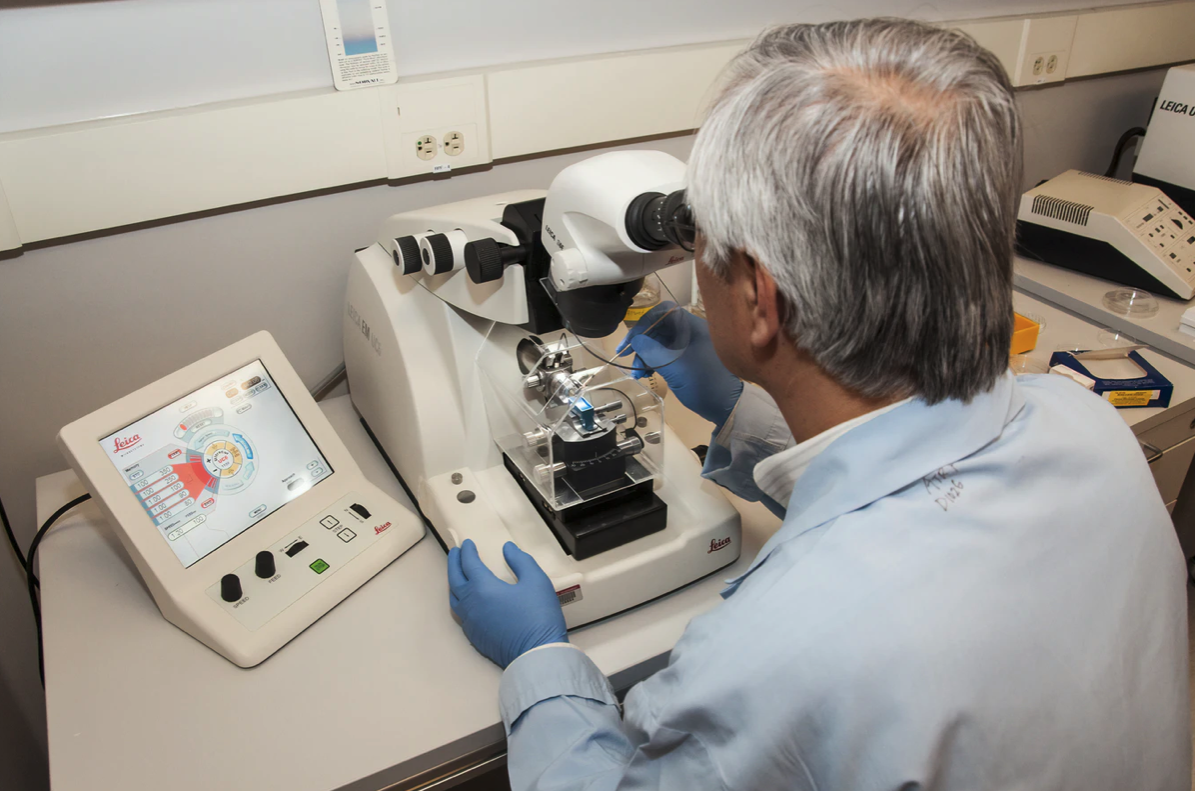
Clinical Compound Microscopes for Every Budget
- Posted By : Joe Bazydlo
- Clinical, Compound Microscopes, Uncategorized
From biomedical research institutions to hospitals, clinical compound microscopes are on the front lines of advancing the health care industry and improving patient outcomes. Here are recommended products that will guarantee high-performance no matter your budget. Meiji MT-40 LED binocular microscope Product Link The Meiji MT-40 Series provides a plethora of robust features at a fraction of the cost. This model has several ergonomic features, such as a 30° inclined binocular and low-positioned coaxial focus […]
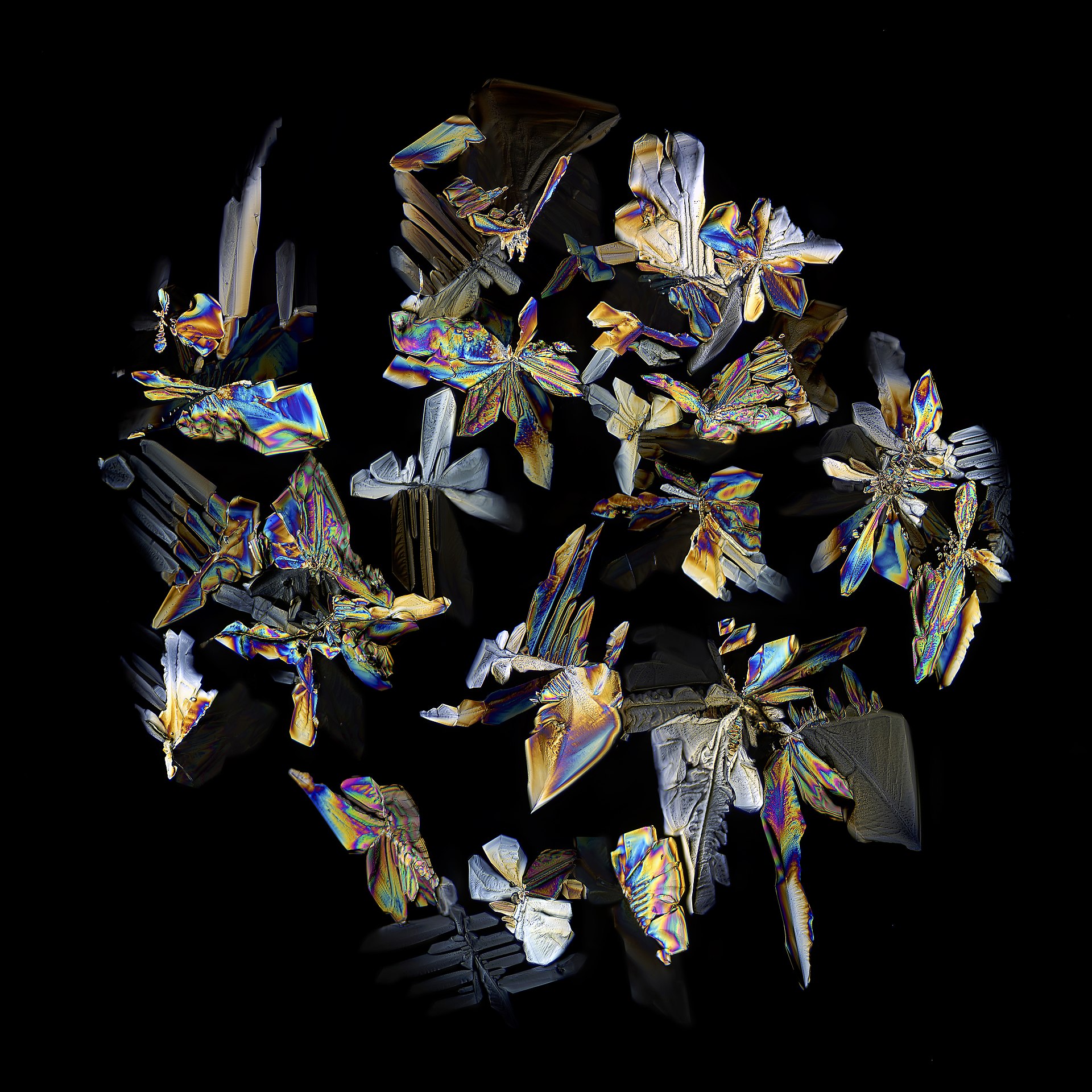
Polarized Microscopy: Understanding the basics
- Posted By : Joe Bazydlo
- Industrial, Metallurgical, Uncategorized
Simple brightfield microscopes are great. They can be used to study a wide variety of specimens with relatively simple set up. However, for industrial researchers, or geological sciences, there are some objects that are tricky to view, particularly objects that have a lot of glare or birefringence. This is where polarized microscopy can save the day! How it works Polarized light microscopy is specifically for the examination of anisotropic (birefringent) objects such as minerals, polymers, crystals, […]

Get the most out of your teaching microscope
- Posted By : Joe Bazydlo
- Accu-Scope, Compound Microscopes, Educational, Jenoptik, Meiji Techno, Motic, Purchasing Guide, Stereo Microscopes, Uncategorized, Unitron
If you’re an educator, you might be wondering how to maximize the value of your teaching microscope. Luckily, we’ve got some hot tips to help! Selecting your teaching microscope The first step in maximizing the value of your teaching microscope is selecting the right one! Here at Microscope Stop, it’s hard to go wrong. We only partner with the most reputable brands in the industry. That means that you’re guaranteed quality products and the best […]
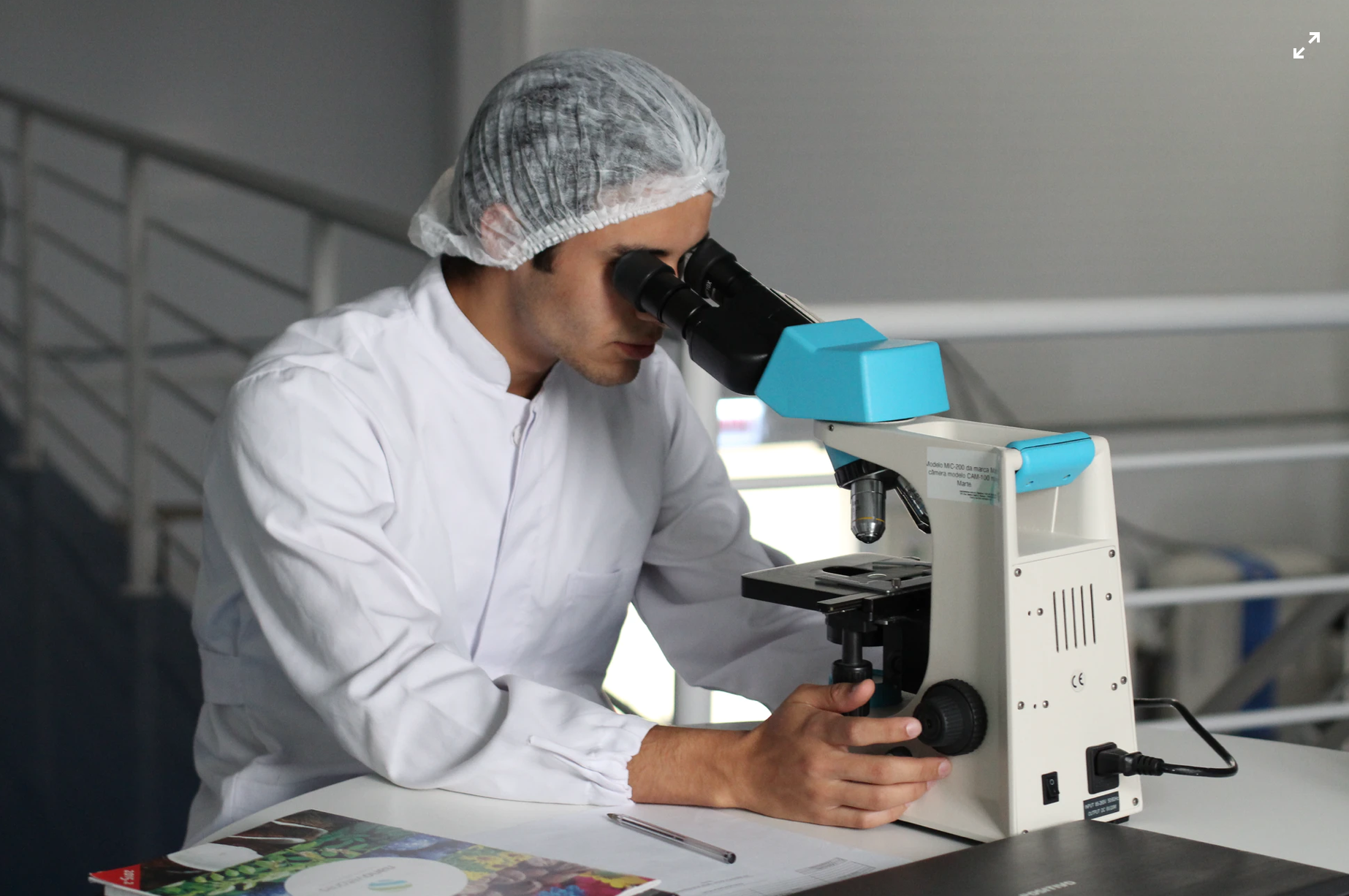
Beginner’s Microscopy Q&A
- Posted By : Joe Bazydlo
- Uncategorized
Are you new to the world of microscopy or even new to the sciences? Fear not! Our Beginner’s Microscopy Guide below will answer all your questions. What is the difference in a stereo and compound microscope? The main difference between a compound microscope and a stereo microscope is what they’re used to observe. A compound microscope is generally used to view very small specimens or objects that you couldn’t normally see with the naked eye. […]
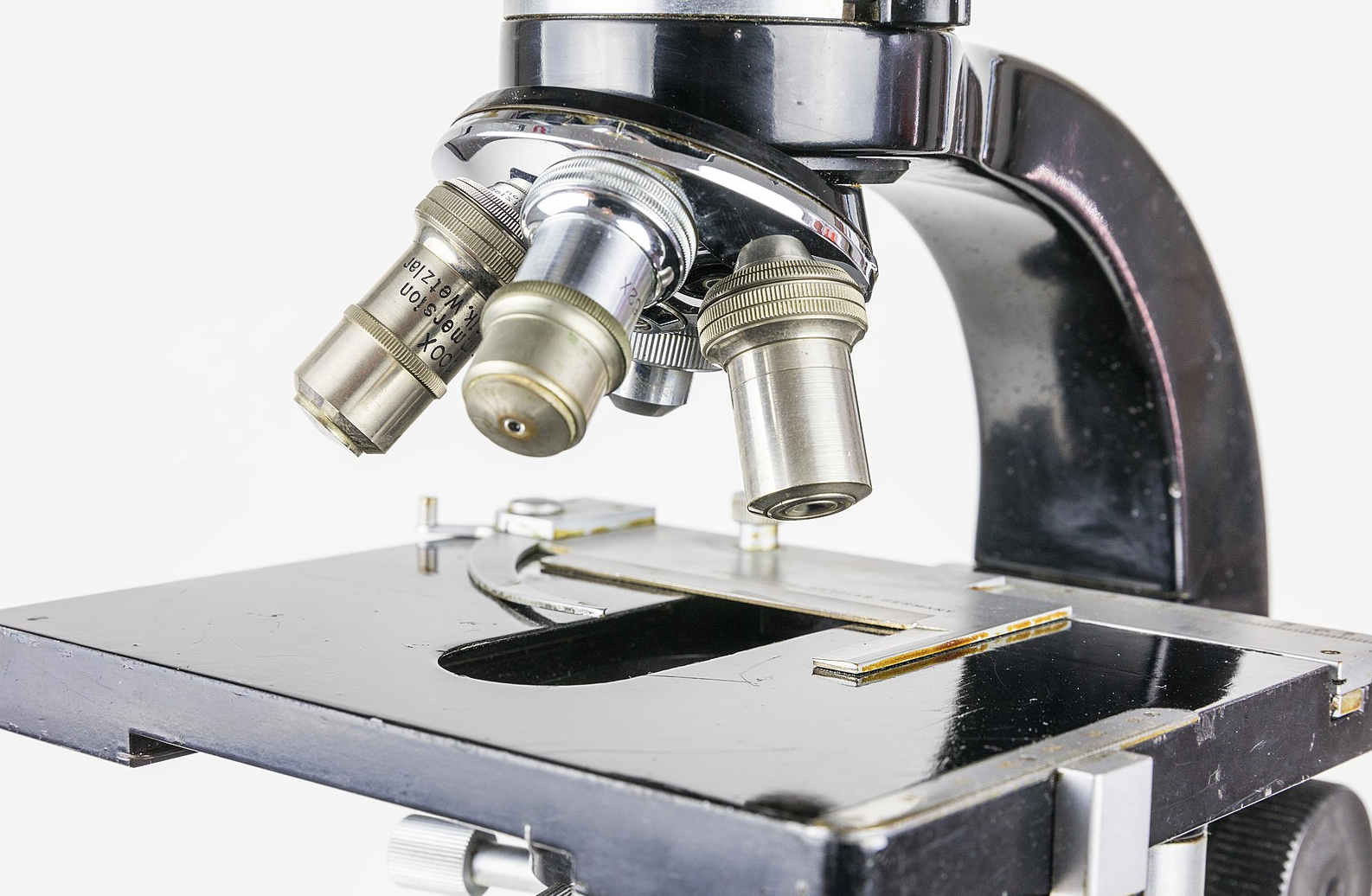
The Basic Types of Microscopes
- Posted By : Joe Bazydlo
- Uncategorized
If you’re just entering the world of microscopy, you may be feeling a bit lost. There is a lot of terminology to know and you may not be sure where to start. But, let’s start simple: there are four basic types of microscopes you should know. Types of Microscopes Stereomicroscope Compound Microscope Inverted Microscope Macroscopes Stereomicroscopes Stereomicroscopes are for observing samples at lower magnifications. In life sciences, some refer to them as dissection scopes. For […]
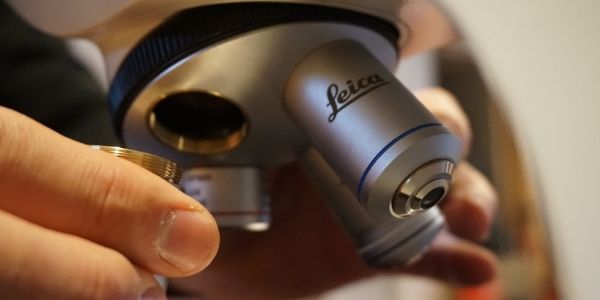
Magnification and resolution
- Posted By : Joe Bazydlo
- Uncategorized
If you’re new to the world of microscopy, there can be a lot of terminology to know. Especially when words like magnification and resolution are occasionally (albeit haphazardly) used interchangeably. So, what is the difference between magnification and resolution? The TLDR (Too long, didn’t read) Long story short is, magnification is the ability to make small objects seem larger. Such as making a microscopic organism visible. Whereas resolution is the ability to distinguish two objects […]

3D Microscopy 101: Capturing 3D Images
- Posted By : Joe Bazydlo
- Uncategorized
For years, the world of microscopy had a big dilemma. Capturing the finest details of a specimen was limited by light from out-of-focus planes. The best workable solution was to take very thin samples or physically squash or slice thicker samples. Workable, but not ideal for a wide range of use cases. It would be years before technology advanced enough to allow 3D microscopy. But that was then, and nowadays we have the ability to […]

Fighting Malaria with Microscopes (And Stiff Drinks)
- Posted By : Joe Bazydlo
- Uncategorized
Early Evidence of Malaria What is one surprising shared topic between ancient Chinese documents, Mesopotamian clay tablets, and Egyptian papyri? The answer: some of the earliest documentations of malaria. It would be quite some time before humanity understood malaria with microscopes. More definitive documentation came around 500 BC in ancient Greece. Early Greeks described malarial fevers and other malaria-related symptoms.Cultures around the world documented malaria. In fact the word “malaria” itself is Italian, from mal’aria, […]

Can microscopes see the COVID-19 virus?
- Posted By : Joe Bazydlo
- Clinical, Uncategorized
In these uncertain times… don’t worry, we’ll spare you the marketing jargon. But there really was a time when things felt very uncertain when it came to discussing the COVID-19 virus. But thanks to extensive research, we know quite a lot about the virus, including what it looks like. So, are you too afraid to ask? Can microscopes see the COVID-19 virus? Viruses after all are extremely small and can’t be seen by standard microscopes. […]

Three microscope lessons perfect for STEM students
- Posted By : Joe Bazydlo
- Application, Educational, Forensic, Life Science, Uncategorized
And… we’re off! The school year has begun and on top of normal early-year craziness, we have a global pandemic in the mix. Some instructors are trying to plan remotely, others are trying to social distance in their classrooms, and some have a mix of in-person and distance learning. But one thing all teachers have in common is the need for engaging course content. If you’re able to pull out your microscopes this year, here […]
